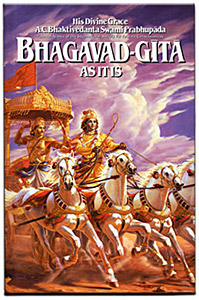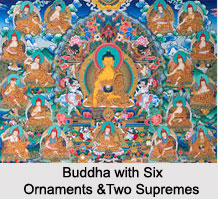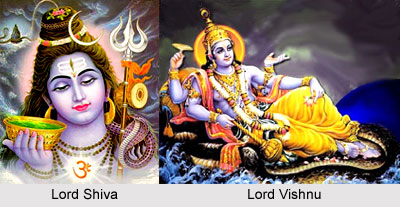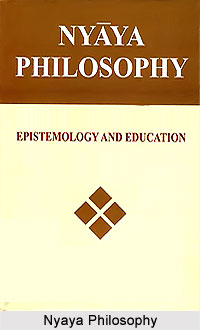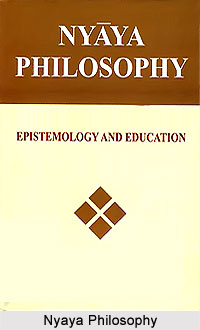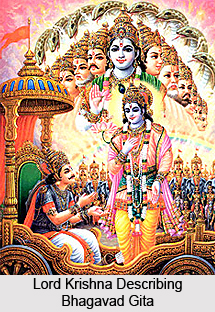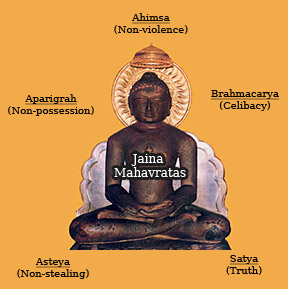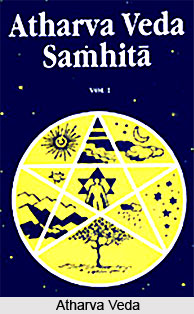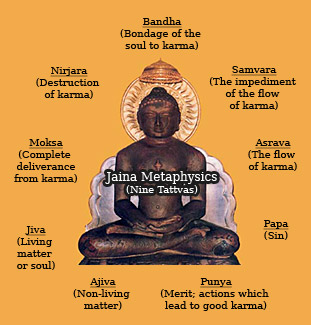Hamsa Upanishad talks about the famous Sanskrit term "Hamsa". This Upanishad is a part of the Shukla Yajur Veda. Here the individual soul is called a goose or a Hamsa.
The goose sound is repeated several times in some yoga training variants that make one weep. The meditation method of thunder-listening is a medium to awaken the goose that shines of its own harmony.
The soft sound of thunder is the sound to adjust to. The individual soul is the highest soul or paramhansa. He who listens to such thunder in his heart becomes calm. Those who are not Brahmins would refrain from using the OM mantra. The householders might benefit from other mantras to meditate upon.
Hamsa Upanisad is close to the circle of thoughts of the Nrisimhatapaniya and the Ramatapaniya Upanishads. The word Hamsa is considered as the king of mantras. Hamsa or the individual soul becomes the Paramahansa or the supreme soul through Om meditation. An individual soul is Hamsa through subtle sounds of breath. It teaches an ascent through mystical circles that include chakras, lotuses and vortexes on to the Brahmarandhra at the top of the head. Hamsa has a symbolical interpretation. The soul is conceived in the form of a bird, Hamsa.
It is considered that the Hamsa and the Paramahamsa are one. Through "Hamsa-gliding" one realizes oneness with Paramahamsa.
This article is a stub. You can enrich by adding more information to it. Send your Write Up to content@indianetzone.com


